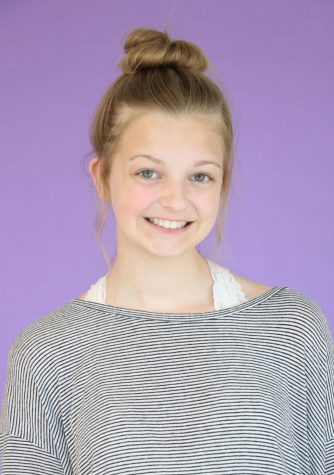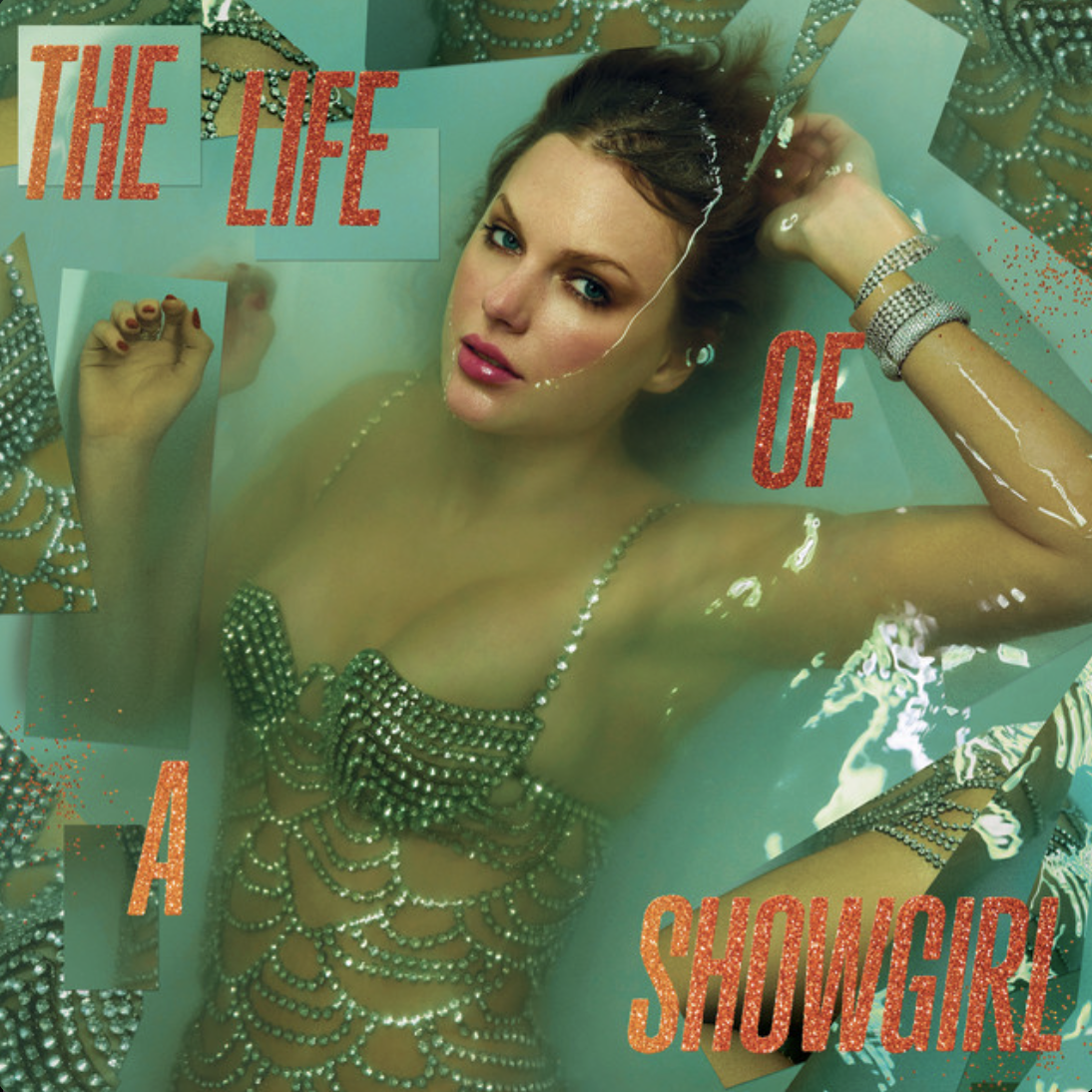Creating ties with the third world
Members of the National Art Honors Society are participating in the Memory Project, a project that binds the first and third worlds together through creative art.
February 19, 2020
Attempting to make a difference with their advanced art skills, Blue Valley Northwest Students involved with the National Art Honors Society are making a difference between first world and third world countries, called the Memory Project.
NAHS students participating in the Memory Project receive pictures of kids in foster homes or third world countries, create realistic portraits of them, and send them back to where they came from. This year, NAHS decided to create portraits of Malaysian orphans, due to the desperate need of portraits in Malaysia because of the massive numbers of orphans.
The Memory Project was first started at BVNW ten years ago. The sponsor of NAHS Chris LaValley said that she heard about the organization through emails being sent to her, and later saw it televised on the Today show, in addition to receiving mail about the company. Ever since the project started at Northwest, it has gained in popularity.
“The first year, we had maybe six or seven people that did [the Memory Project],” LaValley said. “And now we are up to between 15 and 20 kids.”
The purpose of the Memory Project is to bring the kids joy, hope and something that they might be able to appreciate, senior NAHS member John Chen said.
In order to send portraits back to where they came from, there are specifications taken into account for the project. Firstly, the portrait has to be nine by 12 inches and cannot be hard or sturdy. LaValley clarifies with each student participating that they have to be comfortable with handling the responsibility of drawing realistic faces. When the portraits are complete, they go into a plastic sleeve, along with the original picture of the kid, a picture of the student who drew them and background information and notes that the student left for the kid. All plastic sleeves get put into a large envelope and are sent off. This year, in 2020, the projects will be sent around Mid-February and will be delivered in March.
One of the special parts about the Memory Project is watching how devoted the NAHS students are to the project, according to LaValley.
“I don’t think they would necessarily spend that much time on something that they weren’t going to keep for themselves to give to somebody else, because they know someone is going to be receiving it,” LaValley said. “So, they want to make sure they do a good job.”
Chen said that through the Memory project, it has helped him to appreciate the things that he has taken for granted and seeing the photo was a true form of happiness.
“I see such an innocent smile that is truly free of some other first world problems that we might have,” Chen said, “and when I saw the photograph, I just felt really warm inside when I saw it.”
The other special part about the Memory Project is receiving the reaction video from the kids when they get their portraits, LaValley said. It makes everybody happy to see the kids’ faces light up when they call the kid’s’ names to pick up their portraits, LaValley said.
“When the kids watch the video, there are tears in their eyes because they are like, ‘Aw, it’s so cute. Look how they’re so excited,’” LaValley said. “You wouldn’t think that just getting a drawing of yourself would make you feel so intensely.”
The reaction video is expected to be sent to BVNW before the 2019-2020 school year comes to an end.
“You see kids receiving the portraits [in the video], and it’s just always really cool because you can just see how excited they are and how much it means to them to get a portrait of themselves,” LaValley said.





